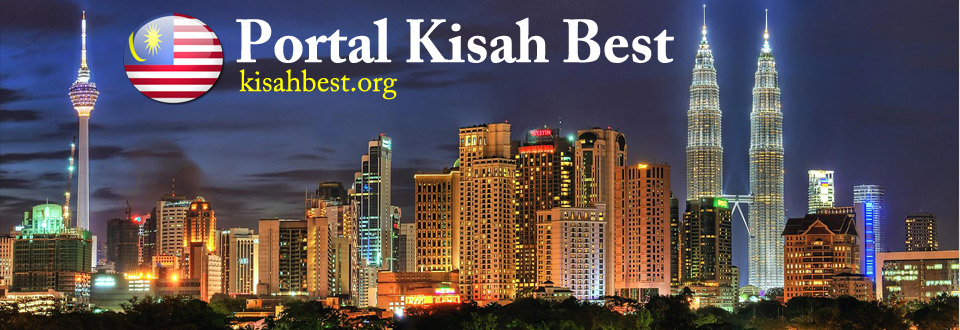Stainless Steel Pipes and Fittings: Essential Guide for Industrial Applications
April 23, 2024

Stainless steel pipes and fittings are crucial components in various industrial sectors, offering superior durability and resistance to corrosion. This material is particularly favored for its ability to withstand harsh environments and high temperatures, making it ideal for applications ranging from chemical processing to water treatment systems. This guide explores the fundamental aspects of stainless steel pipes and fittings and their importance in industrial applications in Malaysia.
Types of Stainless Steel Pipes and Fittings
Seamless Pipes: Manufactured through extrusion, these pipes are ideal for high-pressure applications as they are stronger and have more homogeneous structures.
Welded Pipes: Made by welding sheets of steel, these are typically used for lower pressure applications and offer a cost-effective solution where seamless pipes are not necessary.
Fittings: These include elbows, tees, reducers, and flanges, essential for creating a continuous network of piping. Each type serves a specific function, such as changing the direction of the flow, connecting different pipe sizes, or attaching pipes to other components.
Benefits in Industrial Use
Corrosion Resistance: Stainless steel’s chromium content forms a passive film of chromium oxide, which blocks corrosion and makes these pipes ideal for industries dealing with harsh chemicals or exposed to corrosive environments.
Strength and Durability: The inherent strength and ability to withstand high pressures and temperatures allow stainless steel pipes and fittings to maintain integrity in demanding conditions. This reduces the need for frequent replacements and lowers maintenance costs.
Hygiene and Cleanliness: The non-porous and smooth surface of stainless steel prevents bacterial growth and contamination, which is crucial for industries like food processing and pharmaceuticals.
Applications in Various Industries
Chemical Processing: Stainless steel’s resistance to acids and alkalis makes it suitable for conveying hazardous chemicals, reducing the risk of leaks and contamination.
Oil and Gas: High-grade stainless steel pipes are used for their strength and resistance to rust and oxidation, crucial for both offshore and onshore environments.
Water Treatment: Stainless steel does not leach compounds into drinking water and can withstand the aggressive chemicals used in water purification processes.
Food and Beverage: The non-toxic and easy-to-clean nature of stainless steel ensures that it does not affect the taste or purity of products, which is essential for maintaining food safety standards.
Installation Considerations
Proper Selection: Choosing the correct grade of stainless steel is crucial, as different environments and chemicals require different levels of resistance.
Welding Techniques: Employing proper welding techniques is essential to ensure a secure and leak-proof system. Using the appropriate grade of filler material and following precise welding procedures can prevent corrosion and structural failures.
Regular Maintenance: Although stainless steel requires less maintenance, regular inspections for any signs of wear and tear, such as pitting or stress corrosion cracking, are vital.
Conclusion
Stainless steel pipes and fittings play a pivotal role in the infrastructure of numerous industries, providing a reliable and efficient means of transporting fluids and gases. Understanding the types, benefits, and proper usage of these components is essential for any industrial application, ensuring operational safety and longevity of the systems.


